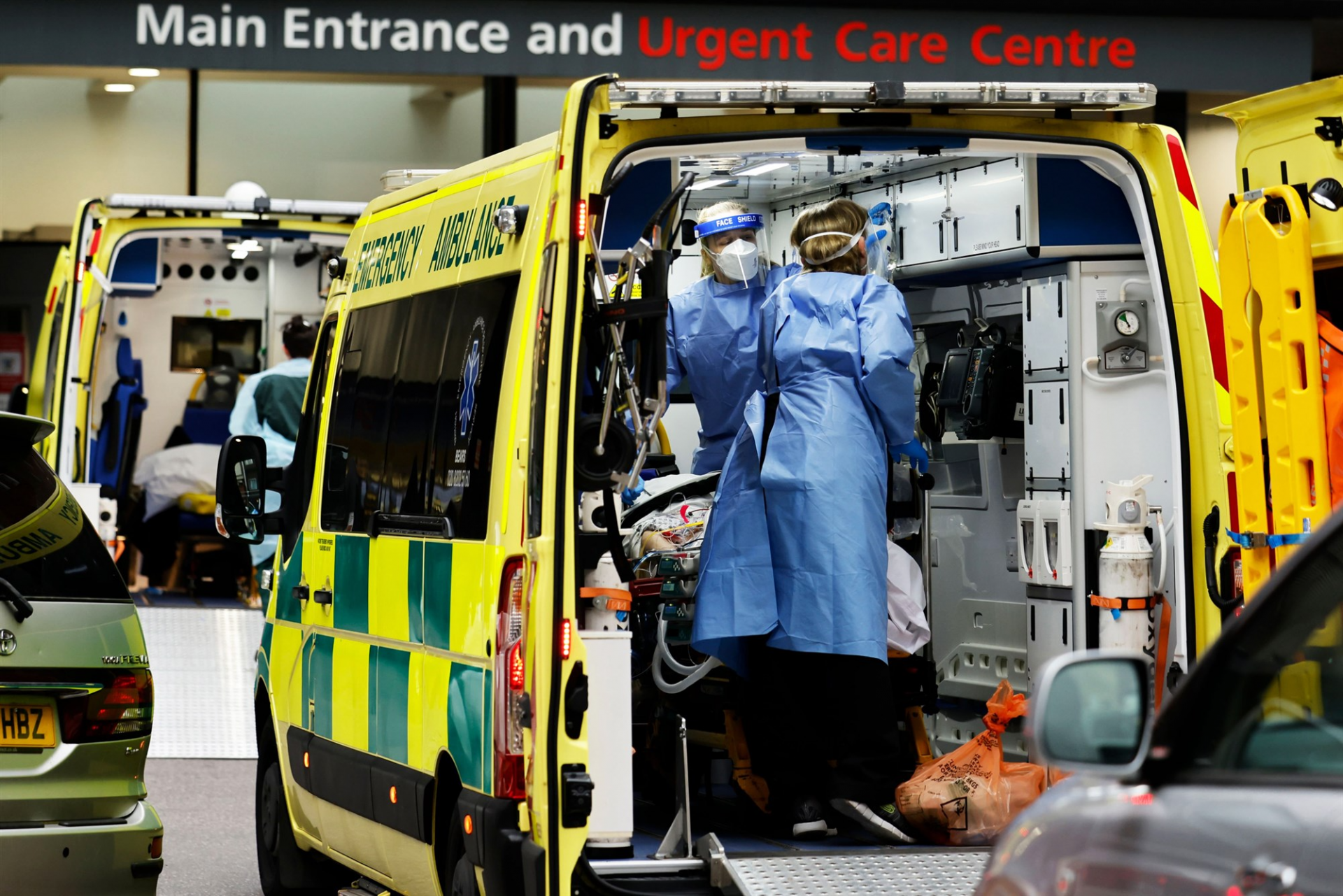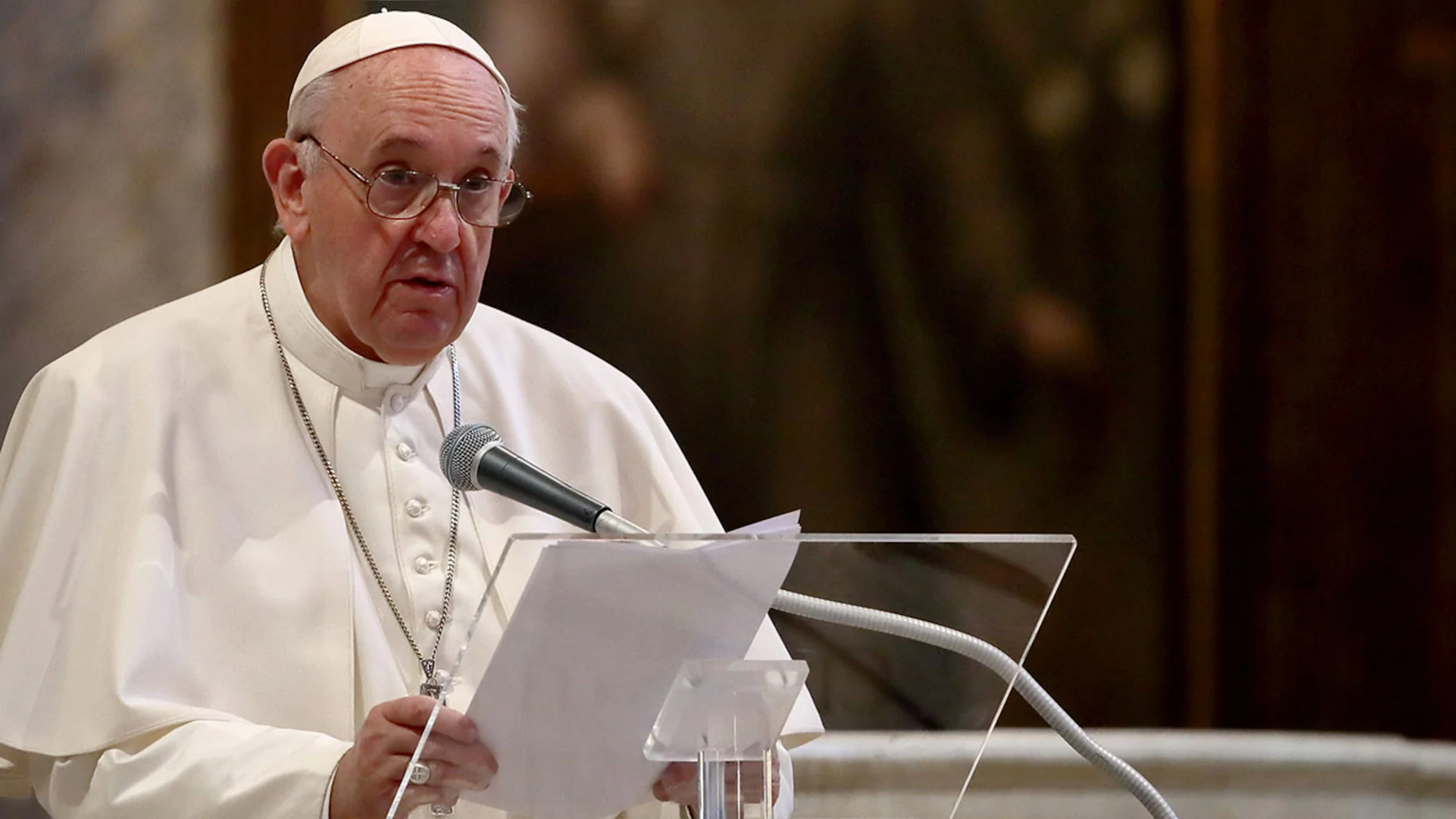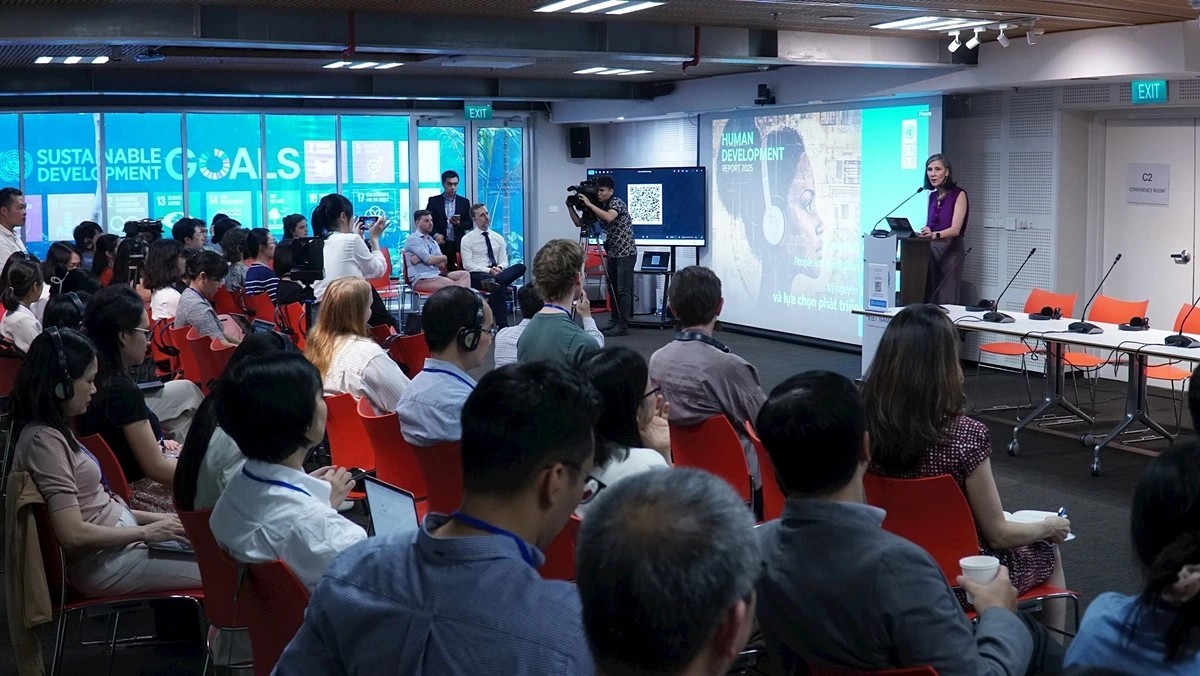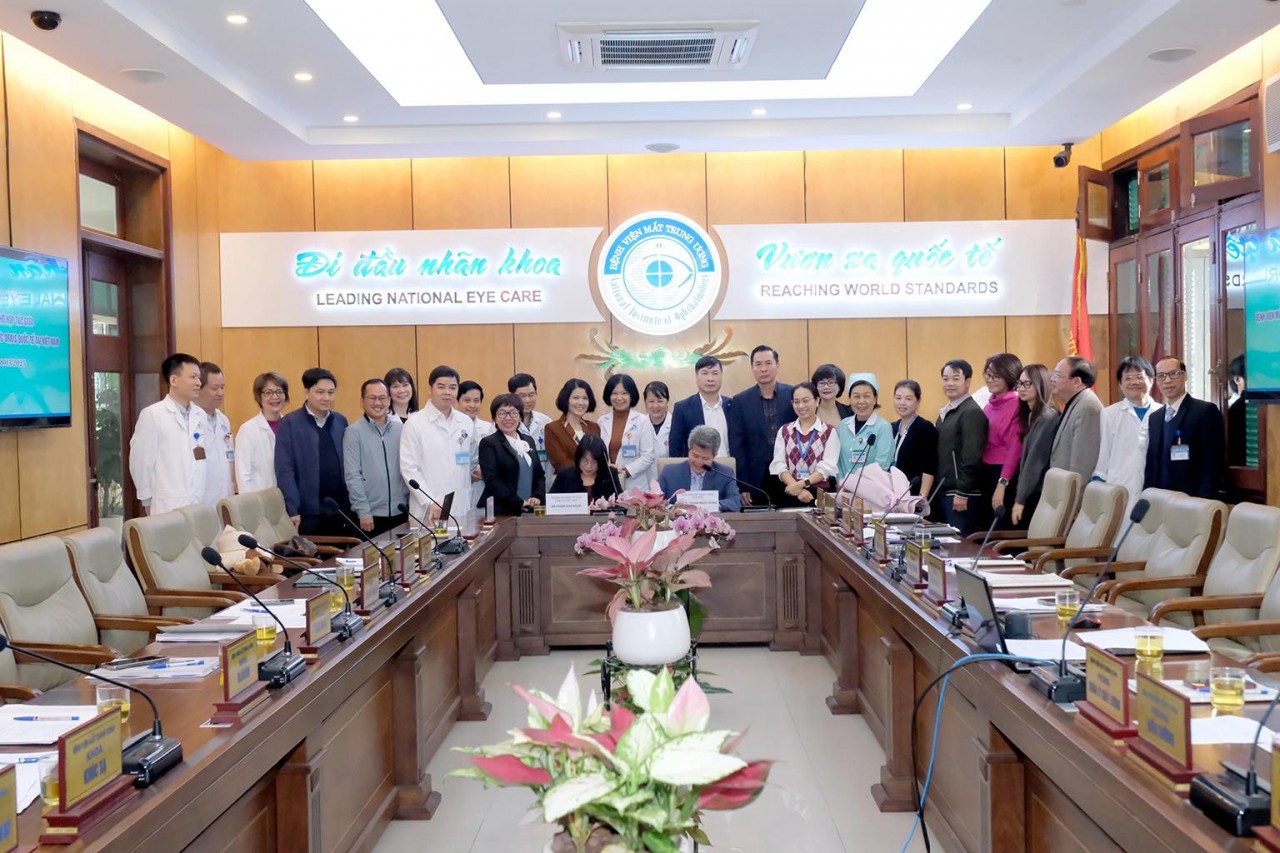China locks down a city of 11 millions to fight COVID outbreak
The largest city in northern China’s Hebei province has barred people from leaving in an effort to curb the spread of coronavirus as the country reported its biggest rise in daily infections in more than five months.
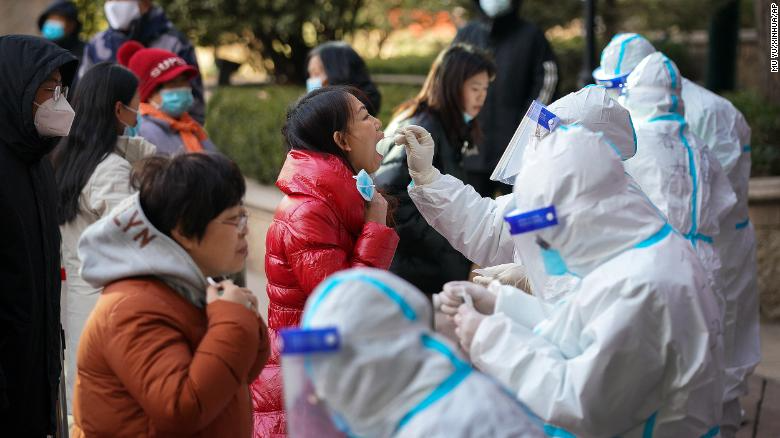 |
| Residents in the northern Chinese city of Shijiazhuang conduct coronavirus testing on January 6 amid a local outbreak. (Photo: CNN) |
Residents of Shijiazhuang, a provincial capital close to Beijing, have been barred from leaving the city, as major highways were blocked, train and bus stations closed and flights cancelled.
The lockdown comes as a total of 117 Covid-19 infections -- including 67 asymptomatic cases -- were detected in Shijiazhuang on Wednesday. Nationwide, China reported 123 local infections for Wednesday, the highest since late October, according to CNN Edition.
On Thursday, Shijiazhuang identified another 66 positive cases, according to the Heibei provincial and health commission.
At a press conference Thursday, municipal officials announced a ban on outbound travel for all residents and vehicles from Shijiazhuang, except for emergencies.
Within the city, gatherings are banned, all schools have been suspended, and residential communities and villages are also closed off.
The restrictions are some of the strictest imposed in China since the country largely contained the spread of the coronavirus in March. They are reminiscent of the draconian lockdown during the initial outbreak in the central city of Wuhan, where the coronavirus was first detected in December 2019.
Hebei entered a “wartime mode” on Tuesday, meaning investigation teams would be set up at provincial, city and district levels to trace the close contacts of those who have tested positive.
Chinese state television earlier reported that Shijiazhuang had banned passengers from entering its main railway station.
The city had previously required travellers to present a negative COVID-19 test result taken within 72 hours before boarding a train or a plane in the province.
The total number of confirmed COVID-19 cases in mainland China since the outbreak started in the city of Wuhan in late 2019 now stands at 87,278, while the death toll remained unchanged at 4,634.
China has been seeking to shape the narrative about when and where the pandemic began, with senior diplomat Wang Yi saying “more and more studies” showed that it emerged in multiple regions.
World Health Organisation emergencies chief Mike Ryan has previously called this “highly speculative”.
The outbreak in Shijiazhuang comes just weeks before the Lunar New Year holiday, the most important annual festival in China which typically sees millions of people traveling home to reunite with family.
Last year, the Chinese government sealed off Wuhan two days before the Lunar New Year, but millions of people had already left the city, potentially carrying the virus with them to their hometowns across the country.
This year, fearing that the Lunar New Year travels could again accelerate the spread of the virus, a growing number of local governments have advised residents against traveling home for the holiday, with civil servants and employees of state-owned companies ordered to stay unless special approval is given.
Stringent measures to fight Coronavirus
More than 3,000 healthcare workers have been deployed from other parts of the province to carry out the mass testing drive. As of noon on Thursday, more than 6 million samples have been collected, and over 2 million samples have been tested, deputy mayor Meng Xianghong said at the press conference Thursday. The mass testing identified 11 positive results for coronavirus, according to Meng.
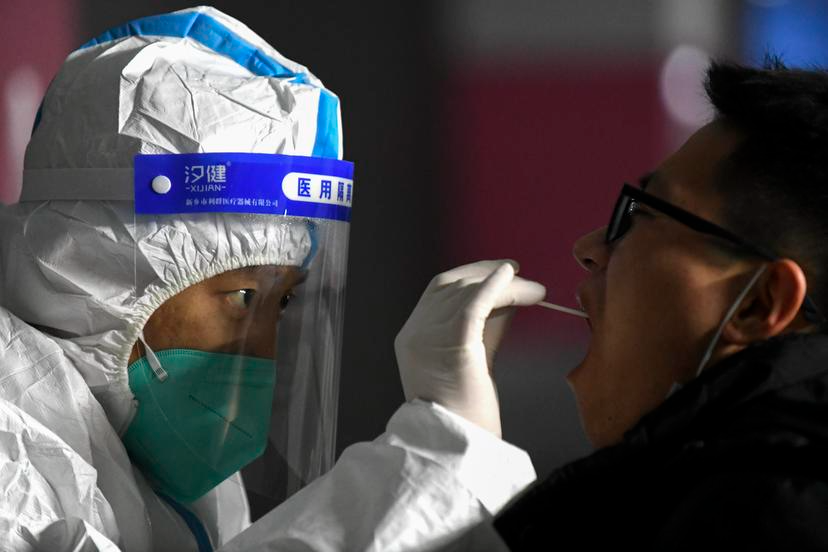 |
| A medical staff in a protective suit takes a swab from a resident at a community centre in Shijiazhuang in north China’s Hebei province. (Photo: Wang Xiao/AP) |
On Thursday night, two medical teams -- each with about 100 members -- carrying testing kits and other equipments were dispatched from the eastern provinces of Jiangsu and Zhejiang to Shijiazhuang to assist the effort.
Swift and drastic measures such as mass testing, extensive contact tracing and strict lockdowns have defined China's response to sporadic local outbreaks.
Last October, the eastern port city of Qingdao tested more than 10 million people in just four days over a dozen locally transmitted cases.
In late October, the prefecture of Kashgar in the far western region of Xinjiang rolled out mass testing for nearly 5 million people and imposed lockdown measures after a single asymptomatic coronavirus case was reported.
Prevent potential weak link
According to CNN Edition, some public health experts in China said the reemergence of the virus in Shijiazhuang was detected too late, with rural areas a weak link in epidemic prevention and control.
Feng Zijian, deputy director of the Chinese Center for Disease Control and Prevention, told the state broadcaster CCTV that the surging caseload suggested that the virus had been "spreading quietly for a while."
The first confirmed case was detected on January 2 -- a 61-year-old female villager on the outskirts of Shijiazhuang. In the following days, the majority of the new cases were detected in villages in the same district.
Lu Hongzhou, co-director of the Shanghai Public Health Clinical Center at Fudan University, told the state-run Global Times that the Shijiazhuang outbreak shows villages are a vulnerable link.
Epidemiological investigations conducted by the city's local health authorities showed that many coronavirus patients who developed symptoms had first gone to local clinics, which are not equipped to conduct nucleic acid tests or give them proper treatment, according to the Global Times.
As the virus spread silently, villagers continued to take part in gatherings. Local health authorities have found that many infections were linked to funerals, weddings and other social gatherings, the report said.
"Apart from wedding banquets, some villagers also held religious activities at home every Wednesday, Friday and Sunday, or at least twice a week, participated by dozens of people, mainly the elderly," a local official from the epicenter village of Shijiazhuang's outbreak was quoted as saying.
These religious home gatherings often operate in a legal gray area separate from officially sanctioned church meetings. In recent years, Chinese authorities have cracked down on unsanctioned religious activities, closing prominent underground churches and jailing pastors.
 | WHO boss criticizes China for not letting investigative team into Wuhan studying COVID’s origins A team from the World Health Organization still can’t arrive in Wuhan investigating the origins of the coronavirus pandemic because their visas had not been ... |
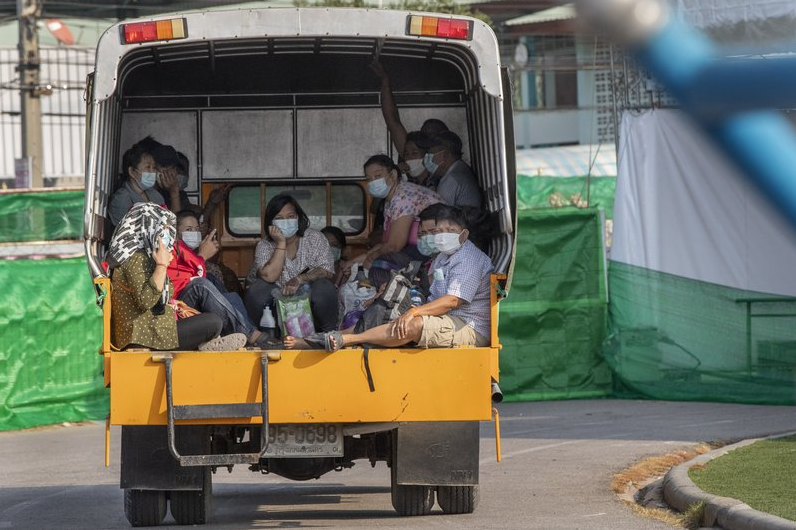 | World COVID-19 Latest (Jan 6): China announces "high danger zones", Thailand limits travel World COVID-19 Latest (Jan 6): China has designated parts of Hebei province near Beijing as a coronavirus high danger zone, Thailand tightens movements of people ... |
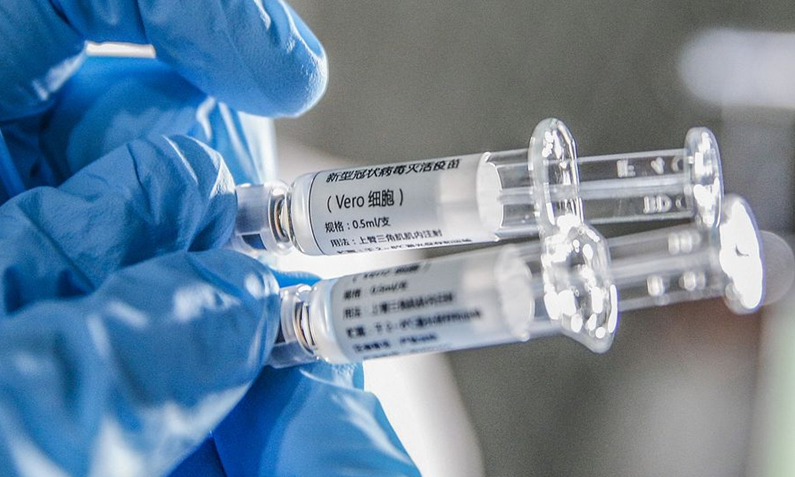 | Updates on World COVID vaccines: China approves Sinopharm, UK authorizes AstraZeneca Chinese regulators have approved the country's first homegrown coronavirus vaccine, developed by state-owned pharmaceutical giant Sinopharm, while Health officials in the U.K. authorized the AstraZeneca-Oxford ... |
Recommended
 World
World
Nifty, Sensex jumped more than 2% in opening as India-Pakistan tensions ease
 World
World
Easing of US-China Tariffs: Markets React Positively, Experts Remain Cautious
 World
World
India strikes back at terrorists with Operation Sindoor
 World
World
India sending Holy Relics of Lord Buddha to Vietnam a special gesture, has generated tremendous spiritual faith: Kiren Rijiju
Popular article
 World
World
Why the India-US Sonobuoy Co-Production Agreement Matters
 World
World
Vietnam’s 50-year Reunification Celebration Garners Argentine Press’s Attention
 World
World
"Will continue offering our full support to Indian govt": US FBI Director after Pahalgam attack
 World
World

